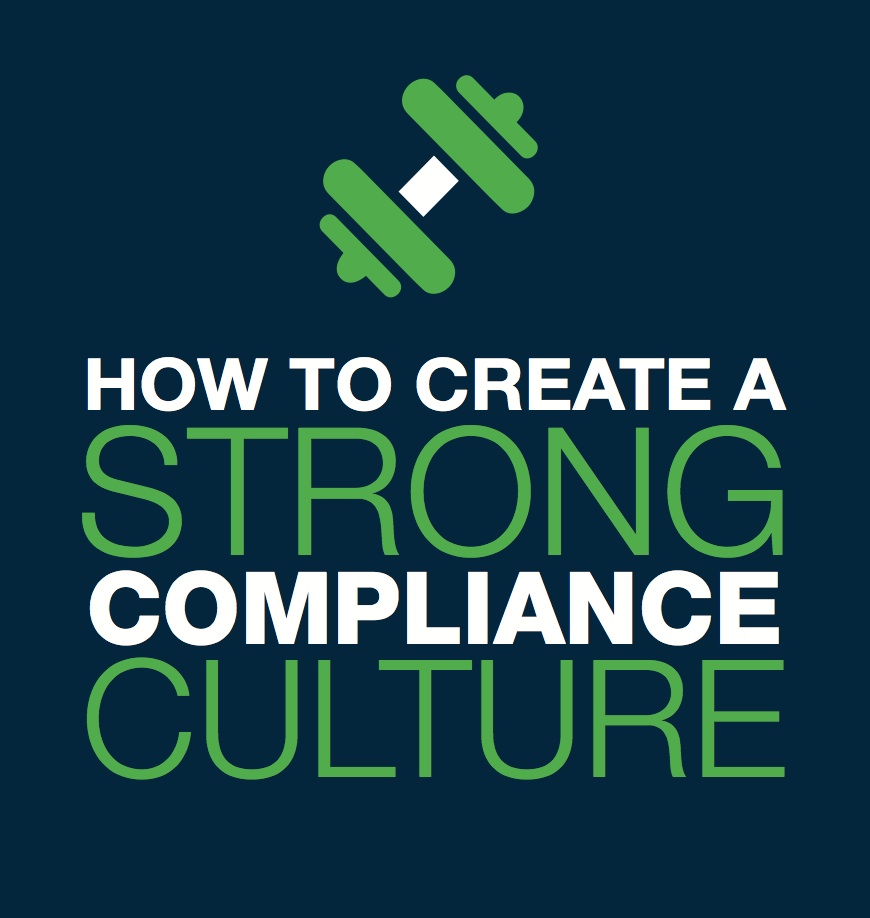 After death and taxes, one oflife's few absolutes facing all financial institutions, includingcredit unions, is the need for compliance management. The best wayto foster an effective and proactive approach is to create a strongcompliance culture, according to the experts at Continuity, a New Haven, Conn.-based provider of automatedcompliance solutions.
After death and taxes, one oflife's few absolutes facing all financial institutions, includingcredit unions, is the need for compliance management. The best wayto foster an effective and proactive approach is to create a strongcompliance culture, according to the experts at Continuity, a New Haven, Conn.-based provider of automatedcompliance solutions.
But fostering the right environment is no longer simply a goalfor which credit unions should strive. Increasingly, examinersexpect and demand an effective compliance culture to better copewith the swirling storm of new regulations, wrote Continuity in itslatest white paper, How to Create a Strong ComplianceCulture.
|“Community [financial institutions] must demonstrate a 'cultureof compliance' that enables agile and effective responses toregulatory change,” the study's authors wrote. “Examiners aretaking a closer look at the behavioral factors that increase thisresponsiveness, and how they are supported and reinforced bymanagement.”
|The pressures to develop a strong compliance culture are not only external. The risingcosts and human capital resources required to maintain compliancehave continued to increase, which could pose serious risks to thesustainability of some credit unions, the study noted. An effectivecompliance culture not only better satisfies regulatorexpectations, but improves the stability and competitiveness of thebusiness.
|Continuity's white paper outlined five principles of a strongcompliance culture to help all community financial institutionscope with the rising regulatory tide. It also outlined thedifference between mere compliance versus effective compliance andmade suggestions about how to evaluate your institution'scompliance culture.
|5 Principles of a Strong ComplianceCulture
|Strong compliancecultures don't just happen; rather, they're the byproducts ofclearly stated values and the organizational commitment needed toachieve them, the Continuity study said. Although cultures maydiffer based on the nature of each individual organization, thereare five principles that most if not all of them share.
|1) Compliance is pervasivethroughout the organization, not just an isolated function thatoperates separately from the whole. Compliance and risk officersoperate in active organization-wide leadership roles and areinvolved in all major business initiatives, including strategicplanning, revenue generation, marketing and other functions.
|2) Compliance is invisible,something baked into the business process that is unobtrusive butalways present, the study noted. Instead of being an ad hocactivity, compliance creates the standards against which alloperations are measured and tested.
|3) Compliance is a dynamic ratherthan static process, one that continually adjusts to accommodate achanging landscape. Effective cultures are based on a standardized,systemized approach that foster rather than hinder an organizationprocess and performance, identifying and implementing changes inthe least intrusive way possible.
|4) Compliance is business-aware,following realistic goals that drive revenue and growth whileminimizing exposure to illegal and high-risk situations. Noorganization can be 100% compliant, the study said, but those thatmaintain a realistic approach will succeed more often than not.
|5) Finally, compliance programs areoutcome-centric rather than rules-focused. Whencompliance is seen as a conduit to effective and profitable ways toconduct business in a safe and sound manner, its role as aroadblock to progress evaporates, and the organization becomes moresuccessful in the process.
|Effective Compliance Versus MereCompliance
|Credit unions that treat the compliance question – from theissuance of new regulation to the examiner's knock at the institution'sdoor – reactively rather than proactively find themselves treadingwater while waiting for the next big wave to wash them away,Continuity's study noted. Underperformance and over-reaction tendto characterize an environment the study's author described asmerely compliant.
|Effective compliance is characterized by procedures embeddedinto existing workflows, and is achieved with a minimum amount offriction. It also accounts for human nature, knowing that noteveryone will be a fan of the processes and their purpose. It alsooffers a realistic process, achieved at the lowest possibleprice-point while still achieving the desired outcome. If doneright, there will be less examiner criticism, the study said, whichmakes credit union operations more effective and everyone's lifeeasier.
|Changing a credit union's environment into an effective cultureisn't easy and isn't done overnight. Leadership must assess theexisting culture and fully understand what needs to change toaccommodate current and future compliance needs, the reportadvised. Most importantly, compliance tone must be set at the topin order to be successful. Compliance officers must be activemembers of the executive team and part of the strategic planningprocess for institutions that want to improve their complianceculture.
Complete your profile to continue reading and get FREE access to CUTimes.com, part of your ALM digital membership.
Your access to unlimited CUTimes.com content isn’t changing.
Once you are an ALM digital member, you’ll receive:
- Critical CUTimes.com information including comprehensive product and service provider listings via the Marketplace Directory, CU Careers, resources from industry leaders, webcasts, and breaking news, analysis and more with our informative Newsletters.
- Exclusive discounts on ALM and CU Times events.
- Access to other award-winning ALM websites including Law.com and GlobeSt.com.
Already have an account? Sign In
© 2024 ALM Global, LLC, All Rights Reserved. Request academic re-use from www.copyright.com. All other uses, submit a request to [email protected]. For more information visit Asset & Logo Licensing.









